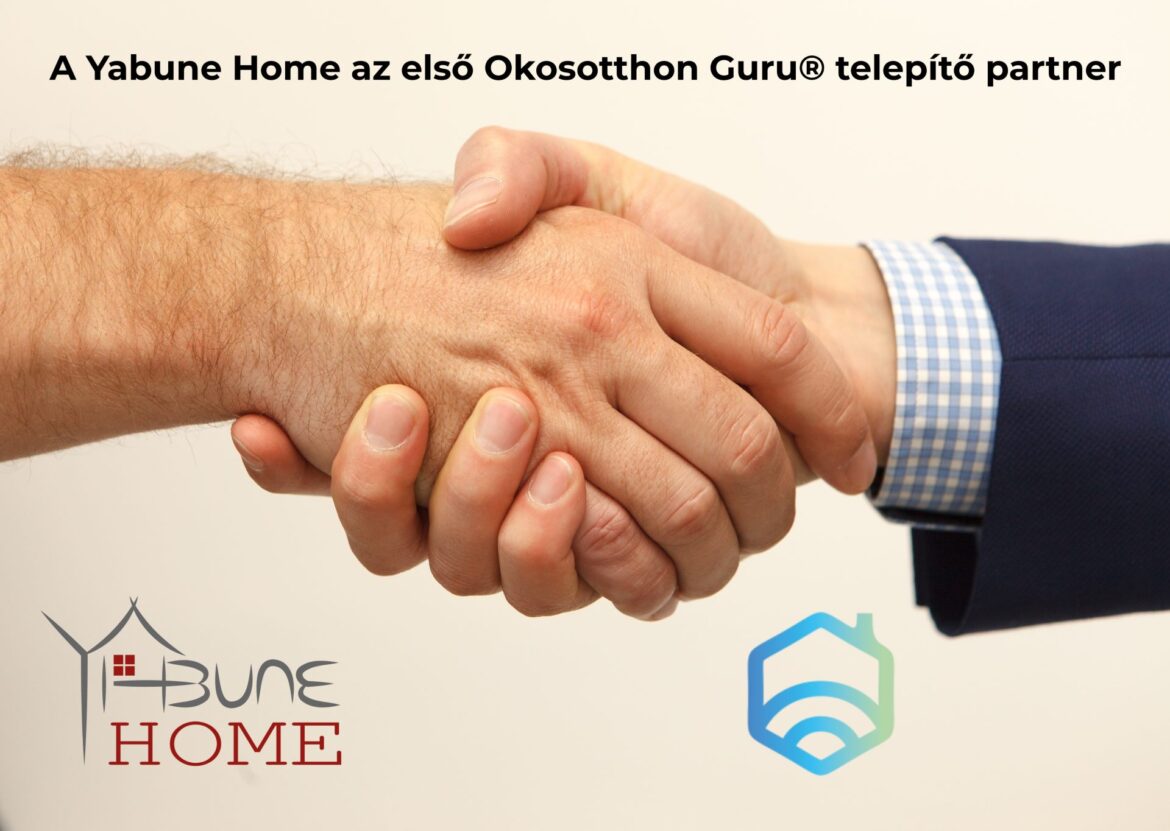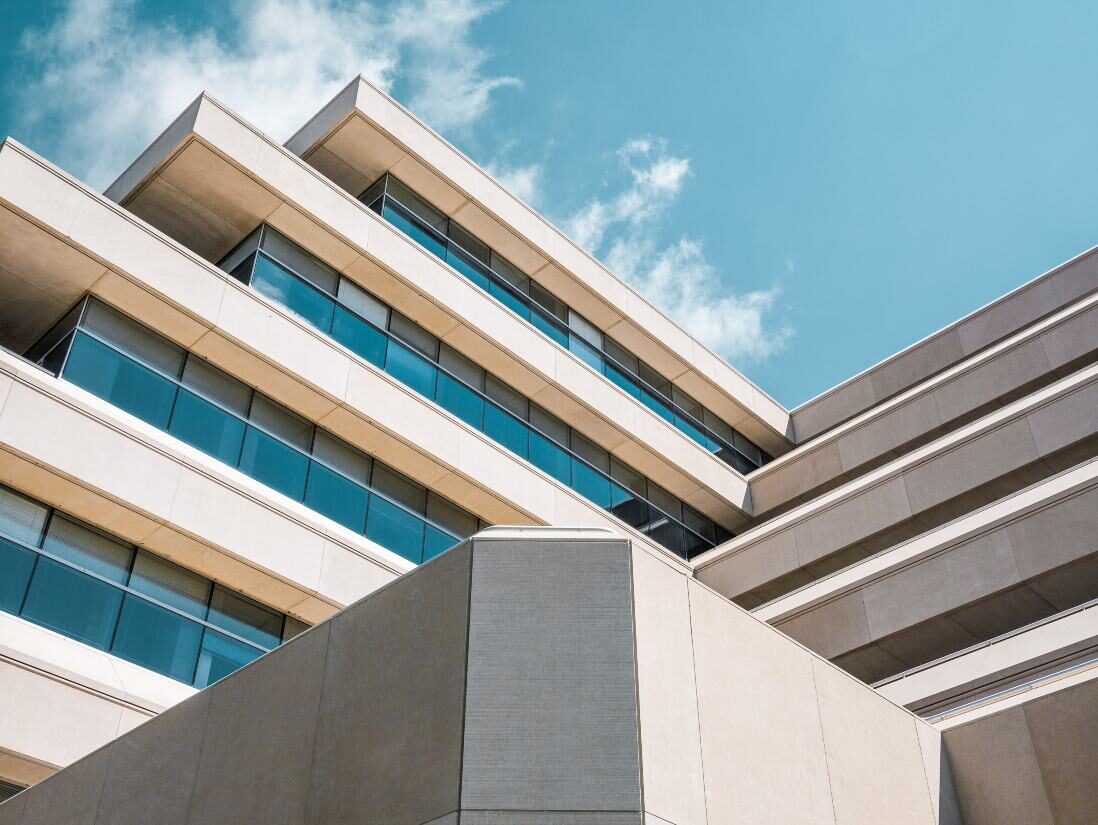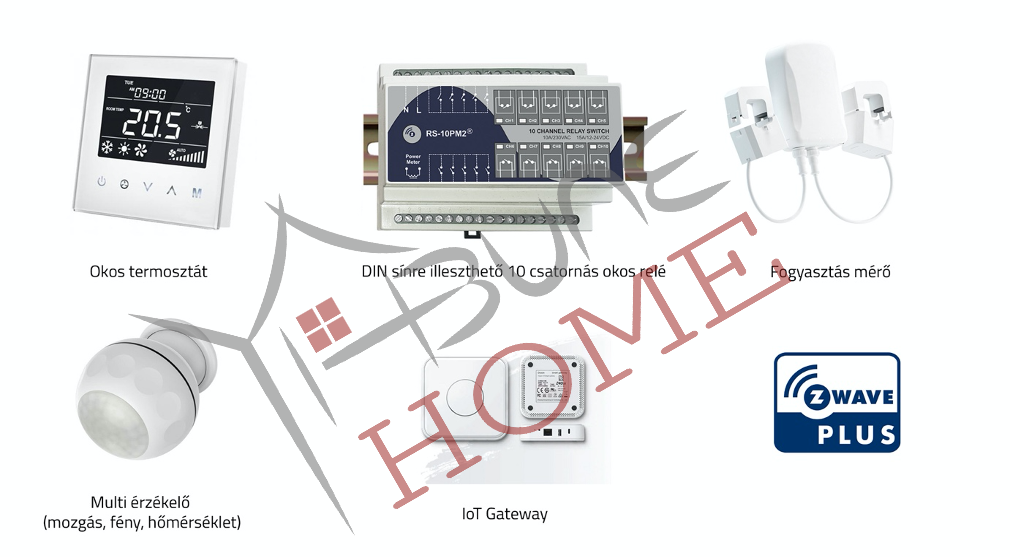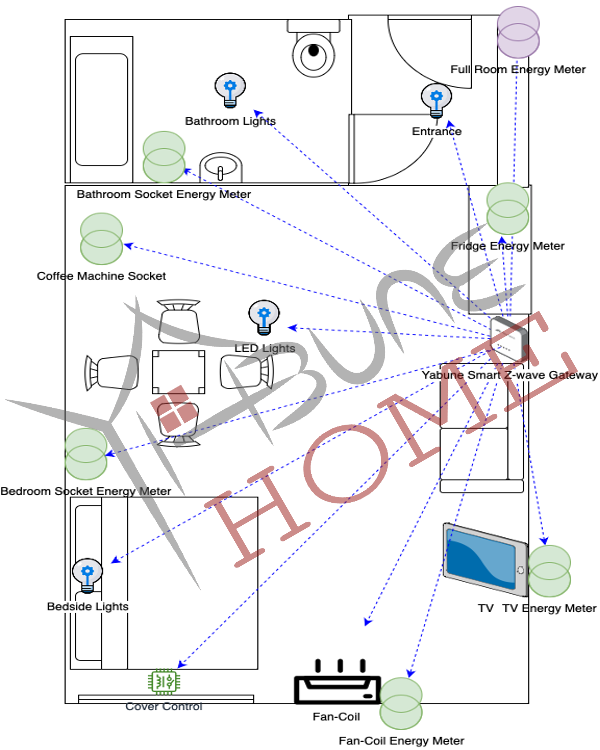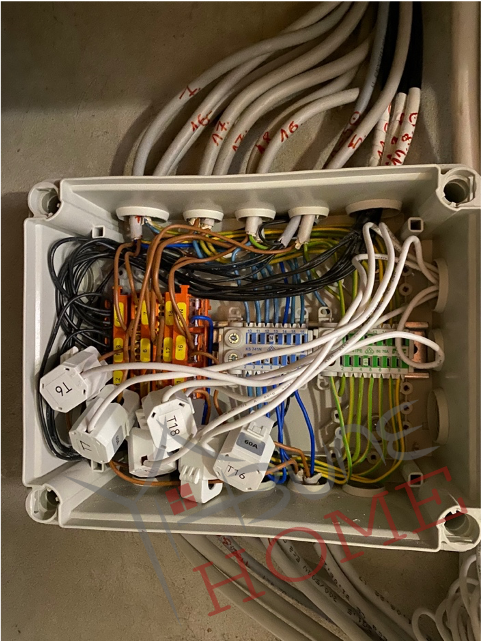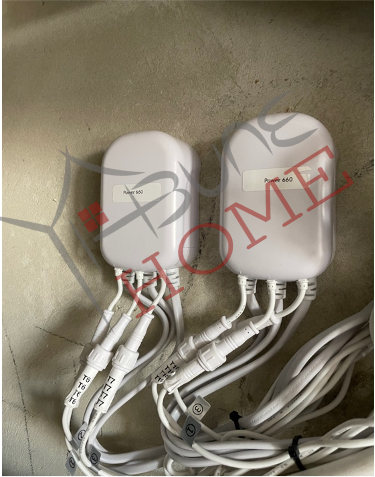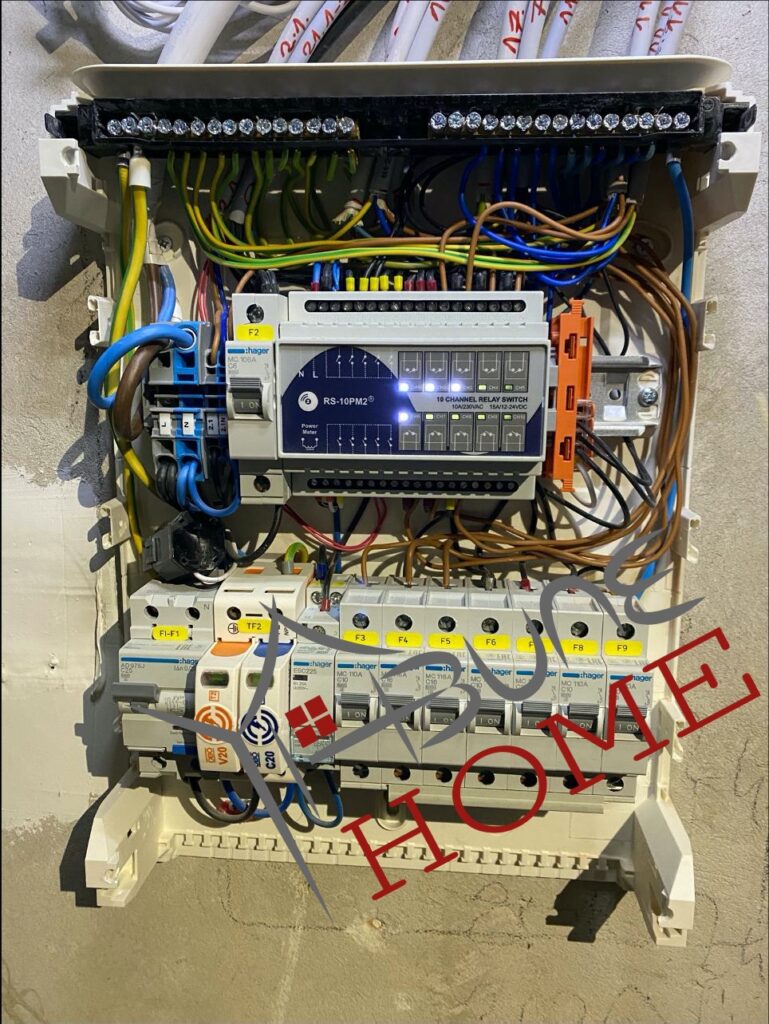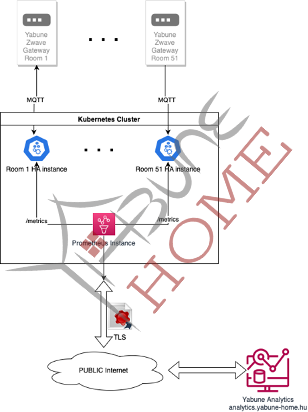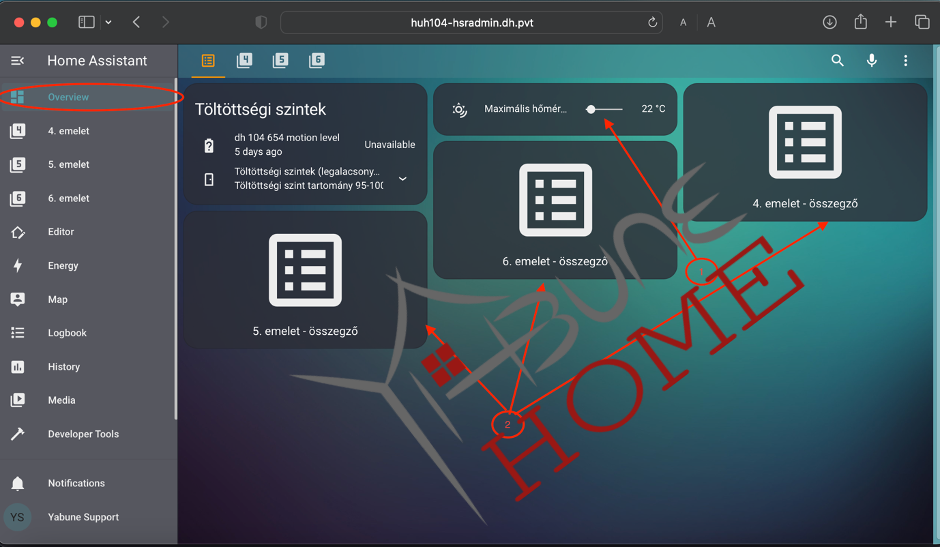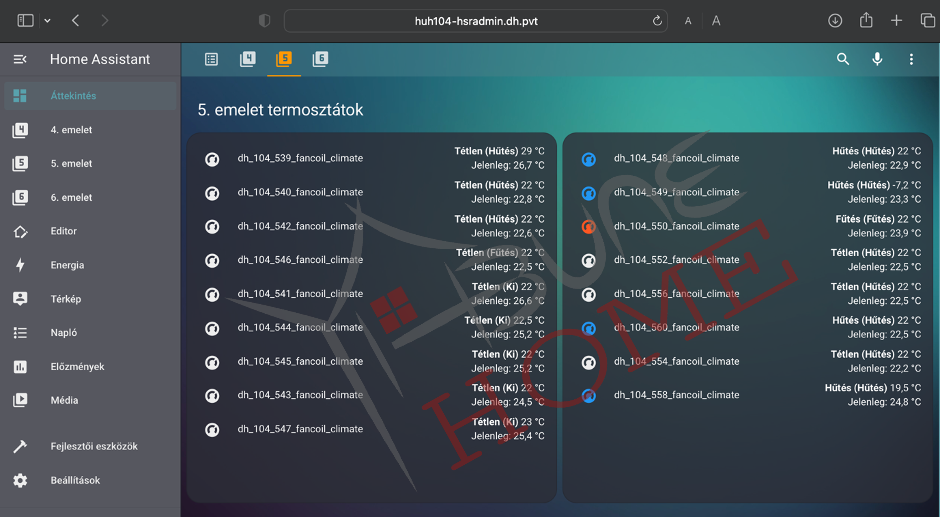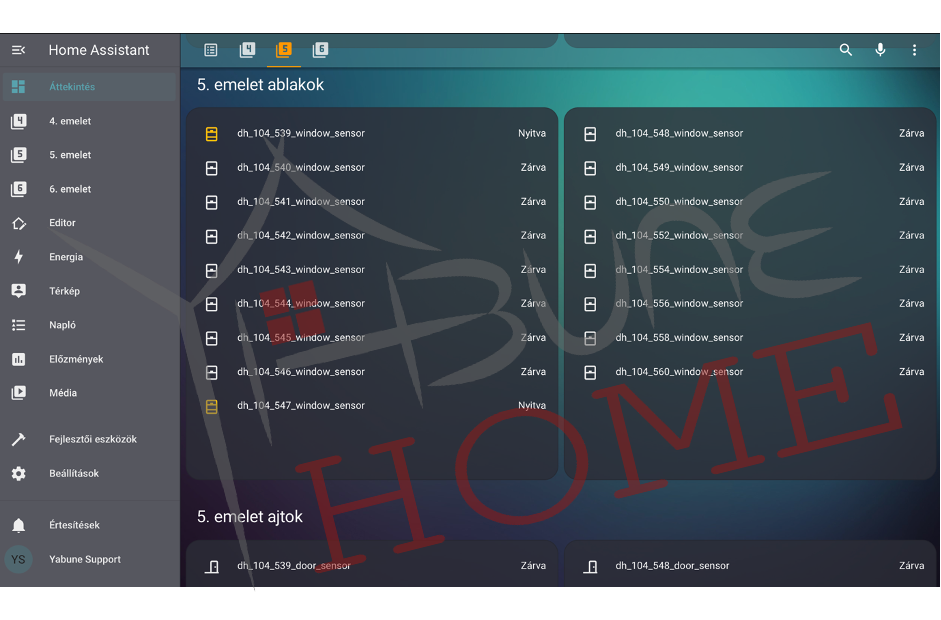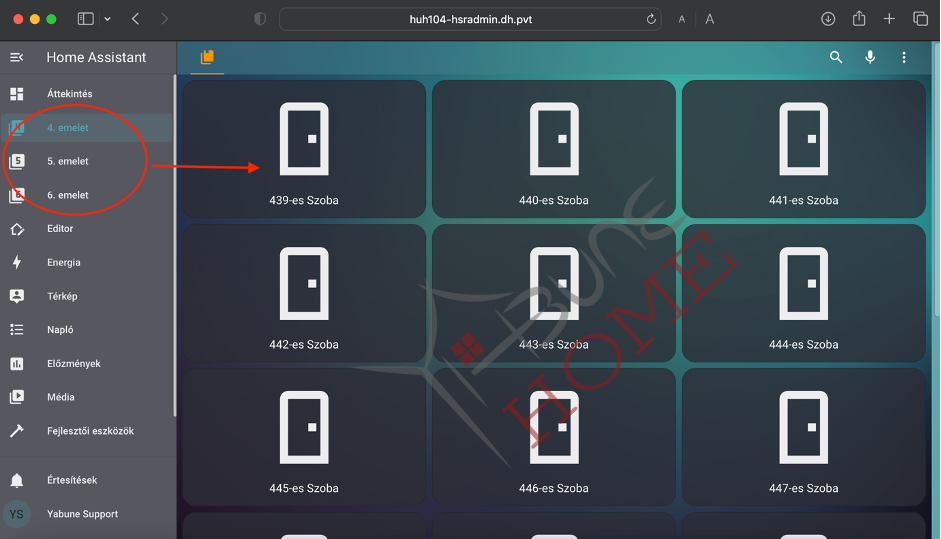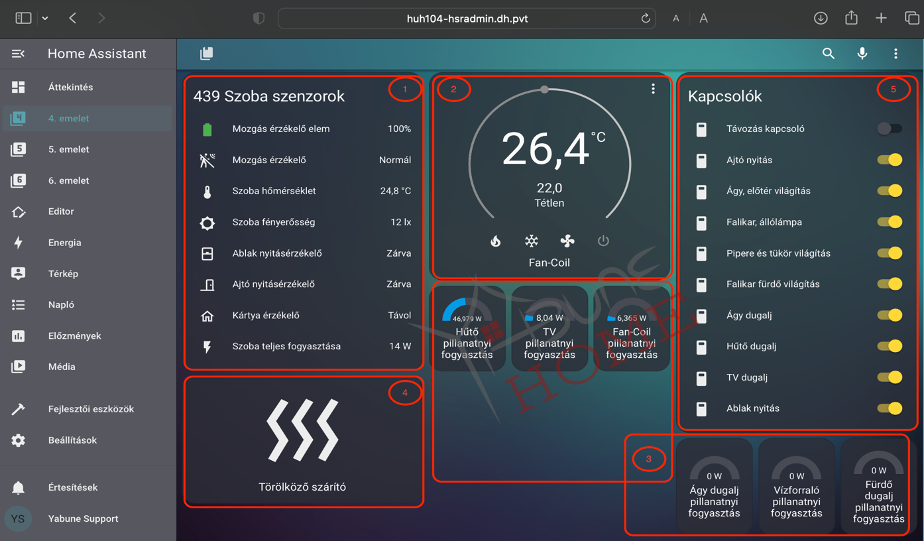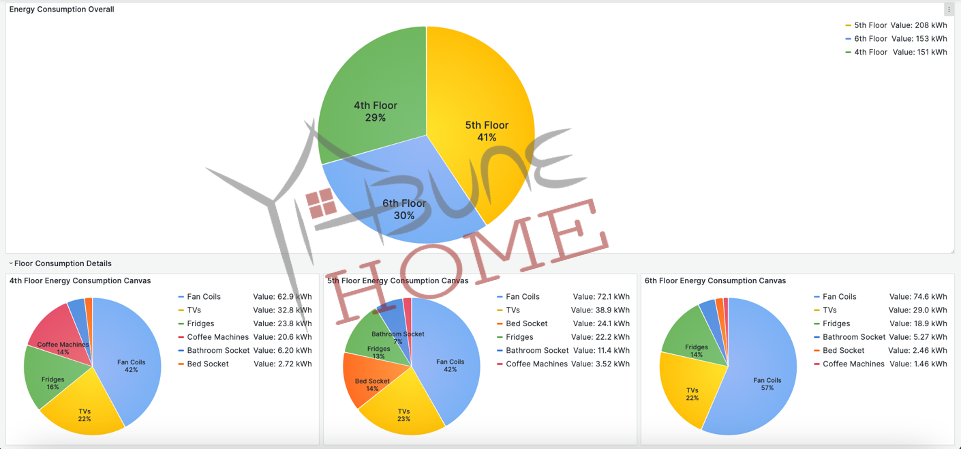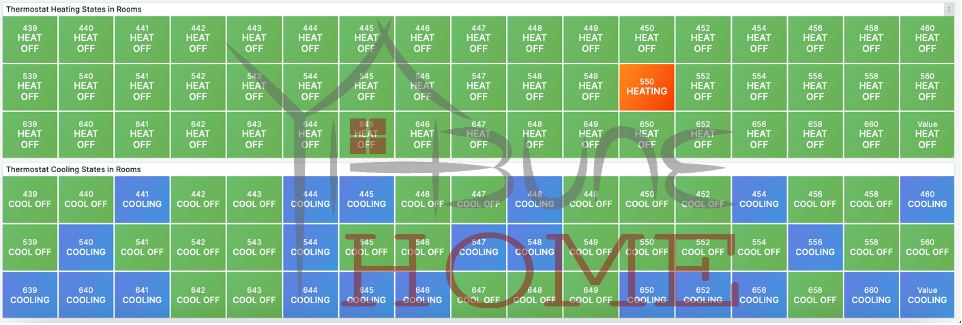Ahhoz, hogy tényleg ideális okosotthont tudjunk kialakítani, fontos, hogy az okosotthon tervezés a kezdetektől megfelelő kezekben legyen. Az okosotthon projekt sikerességének kulcsa, hogy mind a felhasználó, mind a szakember rendelkezzen a számára szükséges információkkal és tudással.
“Nem okosotthon rendszert, hanem telepítőt választasz. A telepítő szaktudása, a megrendelő valós igényeinek ismerete, valamint a telepítő és a megrendelő közötti szinergia határozza meg, hogy az okosotthon valóban a megrendelő igényeire lesz-e szabva.” (Zsák Péter, szakmai ügyvezető, Smartopert Kft. / Okosotthon Guru®)
Az okosotthonok telepítése során kiemelten fontos, hogy a telepítő megismerje a vevő igényeit. Az egyedi szokások és igények miatt már az elején nagy hangsúlyt kell fektetni arra, hogy a megfelelő részletességgel megértse az elvárásokat az okosotthonnal szemben – és a projekt során pedig ennek megfelelően végezze a munkáját. Ügyelni kell arra, hogy a vevő azt kapja a végén, amit szeretett volna. Ennek az elérésében tud segíteni a telepítőknek az Okosotthon Guru® partner programja. Célja, hogy olyan szakembereket gyűjtsön össze, akik hordozzák a jó okosotthon telepítő minden tulajdonságát és képességét, hogy minél több telepítő rendelkezzen olyan tudással és folyamatokkal, amelyek révén ügyfelei mindig elégedetten költöznek okosotthonukba.
„Hiszünk benne, hogy meg tudjuk teremteni a hazai okosotthon piacon a feltételeket ahhoz, hogy a felhasználók valós képet kapjanak az okosotthonokról, és pozitívan gondoljanak az általa nyújtott lehetőségekre. Küldetésünknek tekintjük, hogy képzéseink és partner programunk révén olyan szakemberekkel gazdagítsuk az okosotthonok piacát, akik révén tényleg minden felhasználó egy ideális okosotthon kulcsát fogja kézhez kapni.”
Az Okosotthon Guru® partner programja 3 alappillérre épült, amelyek révén lehetővé lehet tenni, hogy partnerek a jó telepítő minden képességével rendelkezzenek:
- Standard, prémium minőség
- Continuous development
- Szakértelem és naprakész tudás
Okosotthon tervezés, telepítés és tanácsadás esetén kulcsfontosságúak a telepítői és tanácsadói folyamatokhoz kapcsolódó naprakész folyamatok a vevő megismerésétől a projekt teljesítéséig, különös tekintettel a vevői igények felmérésére, a megrendelések felvételére, a tanácsadás, tervezés és telepítés lépéseire, a projektek nyomon követésére, a vevői elégedettség mérésére. A telepítési folyamatok részletes kidolgozása teszi lehetővé, hogy egyértelműen meg legyen határozva az elvárt minőség a partner szolgáltatásaival szemben, és hatékonyan legyen képes ezen elvárásoknak megfelelni. Éppen ezért az Okosotthon Guru® partnerséget egy hosszú közös munka előzi meg, amíg megbizonyosodunk arról, hogy a partner mindezekkel rendelkezik, és kialakítjuk az optimális együttműködés kereteit.
Hogyan lehet valaki Okosotthon guru® partner
A partnerekkel szemben elvárás, hogy a „jó telepítő” feltételeinek megfeleljenek. Ennek érdekében aktívan részt vesznek a szakmai képzéseken és a folyamatfejlesztésben. Vállalják, hogy az Okosotthon Guru® minőségi irányelvei szerint dolgoznak, és ezt évente egyszer egy partner audit keretein belül bizonyítják.
Elsősorban azok a telepítők vehetnek részt a partner programban, akik elvégezték az Okosotthon telepítői tanfolyamot. Lehetőség van enélkül is részt venni a programban, de ilyen esetben részletesebb felmérésen vesz részt a partner– ahogy ez a Yabune Solution Kft. esetében is történt, akik a partner program „béta tesztelőiként” első hivatalos „Okosotthon Guru ® telepítő partnerként” kerülnek a fel a weboldalra.
„Az Okosotthon Guru® csapatának a kezdetektől célja, hogy összefogja a legkiválóbb szakembereket, ami nem egyszerű feladat. A szakmai képzések felépítése mellett 2020 óta folyamatosan dolgoztunk a háttérben a megfelelő keretrendszer kialakításán, amely alkalmas egy minőségi szakmai közösség felépítésére és fenntartására. Az tapasztaltuk, hogy a telepítői tanfolyamot elvégzők megfelelő szakmai tudással rendelkeznek, viszont igényük van a további fejlesztésekre nemcsak szakmailag, de operatív működések tekintetében is. Emellett a piacon is azt láttuk, hogy szükség van a szakmai támogatás mellett a folyamatfejlesztésre is – hiszen ezek együttesen szükségesek egy sikeres okosotthon projekt megvalósításához. Tavaly készültünk el a minőségi irányelveink részletes kidolgozásával, a partner értékelések módszertanával és részletes folyamatával. Már csak egy „kísérleti nyúlra” volt szükségünk, hogy lássuk, hogyan is működik az egész a valóságban.
Miért esett a Yabune-ra a választásunk? Szerettük volna egyből nagyobb fába vágni a fejszénket, hiszen így könnyebben fény derülhet a kialakított folyamatunk esetleges gyenge pontjaira, és időben meg tudtuk ejteni a szükséges módosításokat, fejlesztéseket. Egy működő cég fejlesztése sokkal komplexebb feladat, mint egy egyéni vállalkozó segítése. Ráadásul a Yabune esetében nemcsak egy megvásárolt termék telepítéséről szól a folyamat, hanem fejlesztési munka is zajlik a háttérben. Szerencsére nyitottak voltak az együttműködésre, így közel egy éve dolgozunk együtt azon, hogy az ő telepítési-fejlesztési folyamataik fejlesztése során az Okosotthon Guru® partner programját is optimalizáljuk.”
Milyen volt együtt dolgozni a folyamatokon és mik a jövőbeli tervek?
„A Smartoperttel való közös munkánk gyümölcsözően hatott a Yabune működésére, stabilizálódására. Kitti és Péter türelmesen végig követte a meglévő folyamatainkat úgymint ügyfélkezelés, ügyfél után követés, háttér folyamatok, amelyekre javaslatot tettek azokat fontossági sorrendbe helyezve. Külön kiemelném, hogy nem erőltettek semmilyen módosítást, azokat inkább javaslatként, gondolatébresztőként fogalmazták meg, ezzel is sarkalva minket. Nagyon hálás vagyok a munkájuknak és remélem lehetőségünk nyílik folytatni is.” (Lángh Tamás, ügyvezető, Yabune Solution Kft.)
„A közös munkánk célja az volt, hogy megismerjük a Yabune folyamatait mind szaktudás, mind minőség, mind hatékony működés szempontjából, és ezáltal felmérjük, hogy megfelel-e az általunk támasztott minőségi irányelveknek, illetve hogyan tudjuk a hiányosságokat együtt fejleszteni. A folyamatfelmérések során közösen átbeszéltük a tevékenységeket, megnéztük a meglévő dokumentumokat, és közösen meghatároztuk a kritikus észrevételeket és a fejlesztési javaslatokat. A közös munka során nagy hangsúlyt kapott a stratégiai tervezés és az ügyfél elégedettség mérés, de foglalkoztunk például a már meglévő folyamatleírások és adatlapok hatékonyabb rendszerbe foglalásával is. Úgy gondolom, hogy hasznos feljesztéseket tettünk a Yabune folyamatait tekintve. Szerencsére Tamásék is folyamatos visszajelzésekkel láttak el minket, így ezeket beépítve a mi folyamatainkba, a partner program is készen áll az indulásra. Összességében azt mondhatom, hogy egy sikeres együttműködés alapjait tettük le együtt.” (Zs. Szabó Kitti, operatív ügyvezető, Smartopert Kft. / Okosotthon Guru®)

